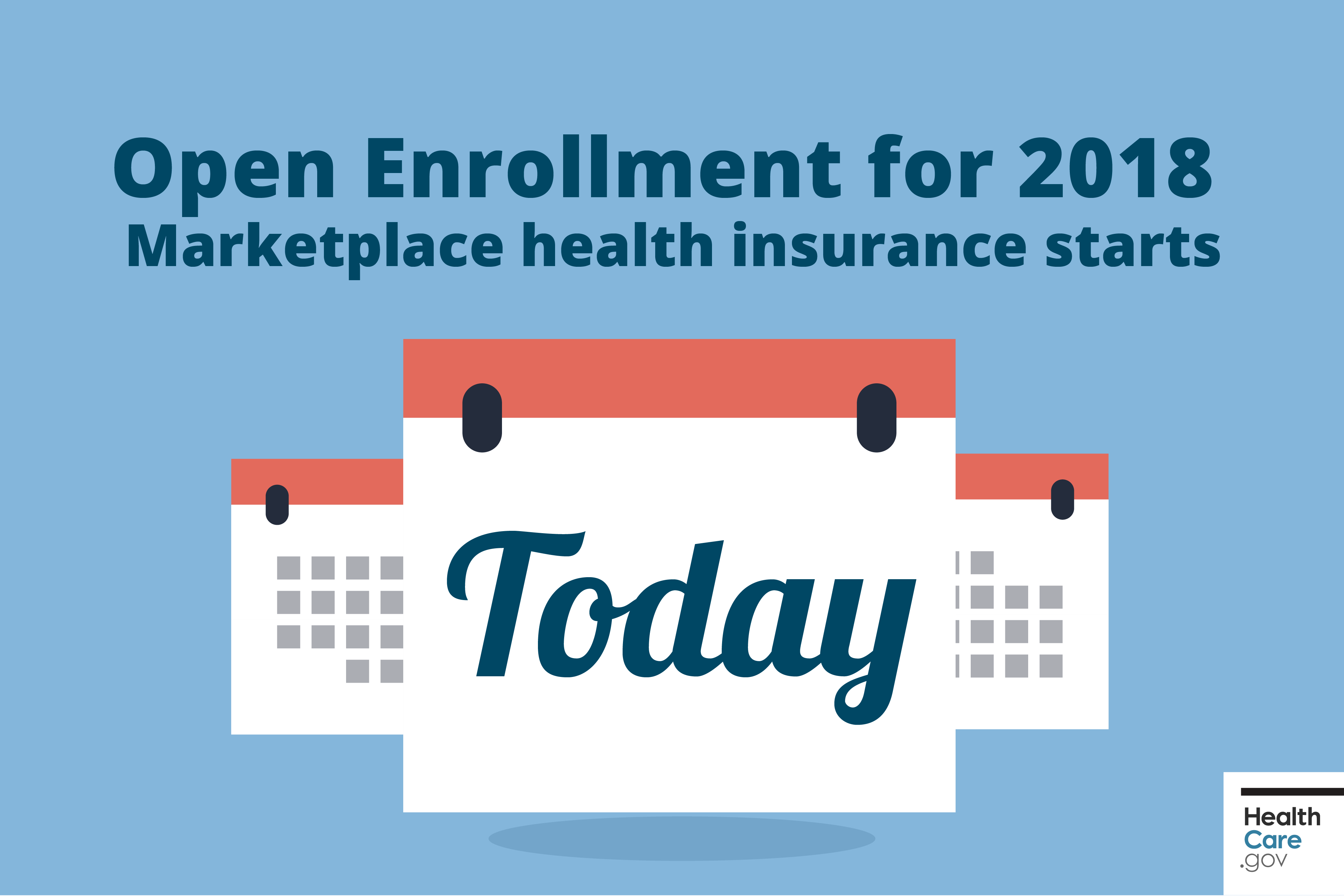This effectively eliminates the ceiling on financial risk for people in the individual exchanges. The aids for insurance premiums are offered to individuals who buy a strategy from an exchange and have a family earnings in between 133% and 400% of the hardship line. Area 1401(36B) of PPACA describes that each aid will be offered as an advanceable, refundable tax credit and offers a formula for its estimation: Other than as supplied in stipulation (ii), the suitable portion with respect to any taxpayer for any taxable year is equal to 2. 8 percent, increased by the variety of portion points (not greater than 7) which bears the very same ratio to 7 percentage points as the taxpayer's family income for the taxable year in excess of one hundred percent of the hardship line for a family of the size involved, bears to an amount equivalent to 200 percent of the hardship line for a family of the size involved.
A refundable tax credit is a way to provide federal government advantages to individuals who might have no tax liability (such as the made income tax credit). The formula was changed in the amendments (HR 4872) passed March 23, 2010, in area 1001. To receive the aid, the recipients can not be qualified for other appropriate protection. The U.S. Department of Health and Person Solutions (HHS) and Irs (Internal Revenue Service) on May 23, 2012, released joint final rules regarding implementation of the new state-based health insurance exchanges to cover how the exchanges will determine eligibility for uninsured individuals and workers of small companies looking for to buy insurance coverage on the exchanges, along with how the exchanges will handle eligibility decisions for low-income people looking for freshly expanded Medicaid advantages. How much is home insurance.
3% $2,778 $8,366 $4,000 250% $55,125 8. 05% $4,438 $6,597 $1,930 300% $66,150 9. 5% $6,284 $4,628 $1,480 350% $77,175 9. 5% $7,332 $3,512 $1,480 400% $88,200 9. 5% $8,379 $2,395 $1,480 In 2014, the FPL is predicted to equal about $11,800 for a bachelor and about $24,000 for a family of four. See Aid Calculator [] for specific dollar amount. DHHS and CBO approximate the typical yearly premium expense in 2014 would be $11,328 for a household of 4 without the reform. In the individual market, often considered the "residual market" of insurance, [] insurance companies have actually normally used a process called underwriting to ensure that each specific paid for his/her actuarial value or to http://keeganbner939.over-blog.com/2021/04/getting-my-how-much-does-home-insurance-cost-to-work.html reject coverage completely.


How Does Pet Insurance Work Fundamentals Explained
The very same memorandum said that 212,800 claims had been declined payment due to pre-existing conditions and that insurance coverage companies had service strategies to restrict money paid based upon these pre-existing conditions. These individuals who might not have received insurance under previous industry practices are ensured insurance protection under the ACA. Thus, the insurance exchanges will shift a greater quantity of monetary threat to the insurance companies, but will assist to share the expense of that danger amongst a bigger pool of insured individuals. The ACA's restriction on denying protection for pre-existing conditions started on January 1, 2014. Previously, several state and federal programs, consisting of most recently the ACA, supplied funds for state-run high-risk pools for those with previously existing conditions. The Health Insurance Coverage Market is a platform that uses insurance coverage strategies to people, families, and small companies. The Affordable Care Act (ACA) developed the Market as a method to extend health insurance protection to countless uninsured Americans. Numerous states offer their own marketplaces, while the federal government handles an exchange available to locals of other states. The Health Insurance Market is a gateway for individuals, families, and small businesses to access health insurance coverage. It was created following the passage of the Affordable Care Act. The Marketplace is available to those who do not have access to medical insurance through employer-sponsored strategies.
A variety of states have markets and the federal government has an exchange available for citizens of the states that do not have their own. The Health Insurance Marketplace is a key aspect of the Affordable Care Act, a healthcare reform signed into law by President Barack Obama in 2010, also called Obamacare. The law advised states to establish their own exchanges where people or households without employer-sponsored coverage might compare strategies. Lots of states, nevertheless, have chosen not to develop a marketplace and have actually signed up with the federal exchange. The Marketplace facilitates competitors amongst personal insurance providers in a central place where individuals who do not have access to employer-sponsored insurance can find a suitable plan.
Generally, this duration takes place in November and December of the year prior to the year in which the protection will take impact. Customers can make an application for a special registration duration in the case of a qualifying event such as the birth of a kid, marriage or the loss of another insurance coverage strategy. The Marketplace categorizes plans into 4 tiers: bronze, silver, gold, and platinum, in the order of least to greatest coverage. The highest tier, platinum, consists of plans that cover approximately 90% of health costs, but is likewise the most costly. Lower-income individuals and families can receive additional cost savings on all the health insurance plans used on the exchange through premium tax credits and cost-sharing reductions.